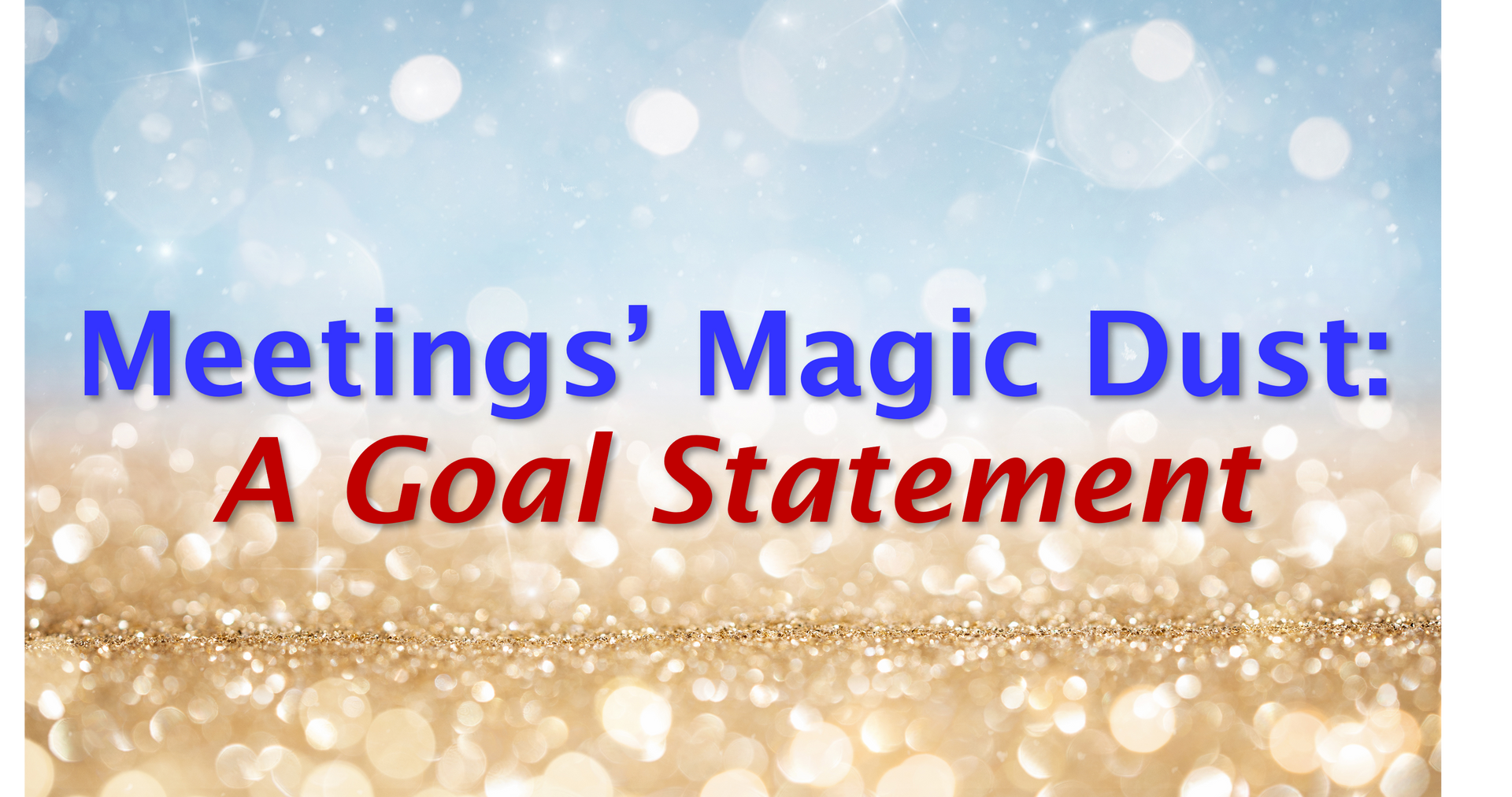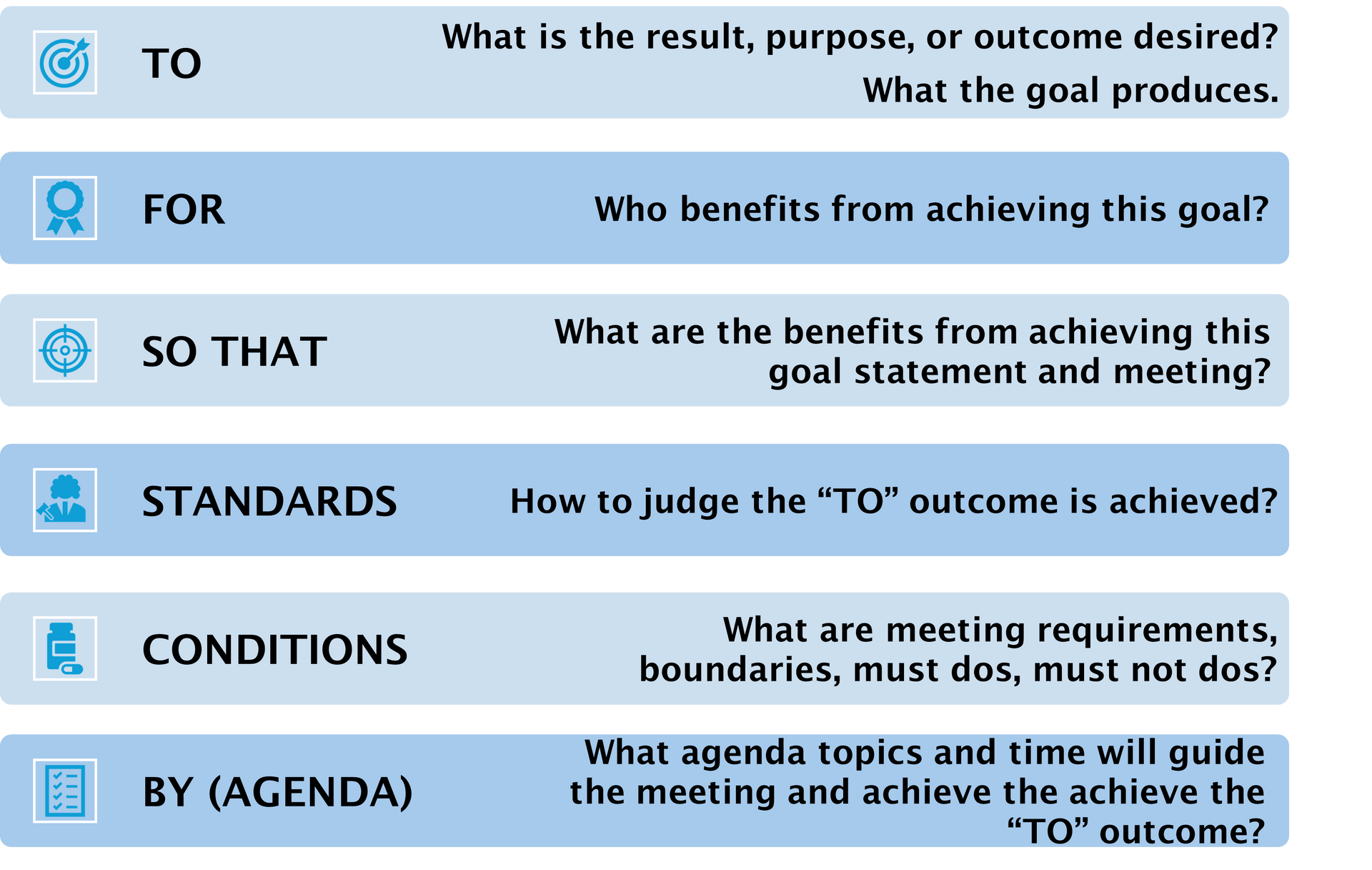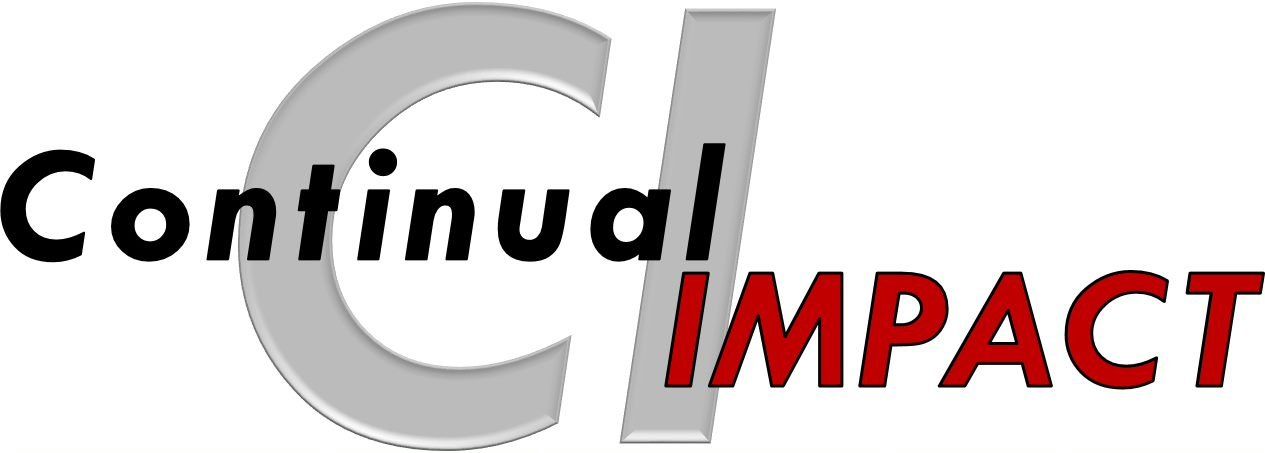A Meeting's Magic Dust
Much of our time is spent in meetings. How many meetings are truly valuable and worth our precious time? Let's explore meetings and the magic dust to create focused and value-added meetings.
Meetings - THE GOOD
- Meetings provide designated time for collaboration, problem-solving, and making decisions.
- Better trust, relationships, alignment, and agreement on actions.
- Clear goals, agendas, responsibilities, and expectations aid organization progress, innovation, and outcomes.
Meetings - THE BAD
- Vague agendas with unclear purpose or expected outcomes.
- Energy draining, with disengaged or passive contribution.
- Meetings go rouge and off topic.
- Lack of follow up actions, progress and ownership.
Meetings - THE UGLY
- Meeting "because it is on the calendar" with no real necessity or value.
- Dominated, 1-way discussions.
- Confusions, frustration, & more questions than decisions or actions.
- Erodes trust in leadership and the objectives.

A well-defined goal statement converts a meeting from a time-consuming obligation into value creation. A goal statement provides a meeting's objective/purpose, with a set approach or agenda to align participants, stay focused, and meet the objective. We seek to hear "That meeting was worth my time." "That meeting was valuable." "Yes, let's keep this meeting!."
Learning from successful and unsuccessful meetings have led to the importance of defining and including these 6 components in a goal statement:

An example: Team Huddle Meeting
The Goal is TO: Conduct our routine team huddle.
FOR: Our team members
SO THAT: Together, we advance our team's performance.
STANDARDS:
- Meeting time, 15 minute (target)
-Everyone participates, >12 items raised per team member per quarter (target)
CONDITIONS: We agree on changes that will help. Someone takes ownership of testing and implementing the changes.
BY (Agenda):
1. Review team performance measures' trends.
2. Share current pain points/problems/wastes, questions, successes.
3. Discuss how to solve the problems, identify actions, ownership, and timing.
4. Review progress of previously identified actions.
5. Celebrate team successes.
In conclusion: Ask for meeting goal statements! Adopt a goal statement template for consistency! Use a goal statement for all meetings (team, 1-1, project, etc.)! A fun result - if a goal statement cannot be defined, the meeting is likely not needed!
No Goal Statement = No Meeting!

